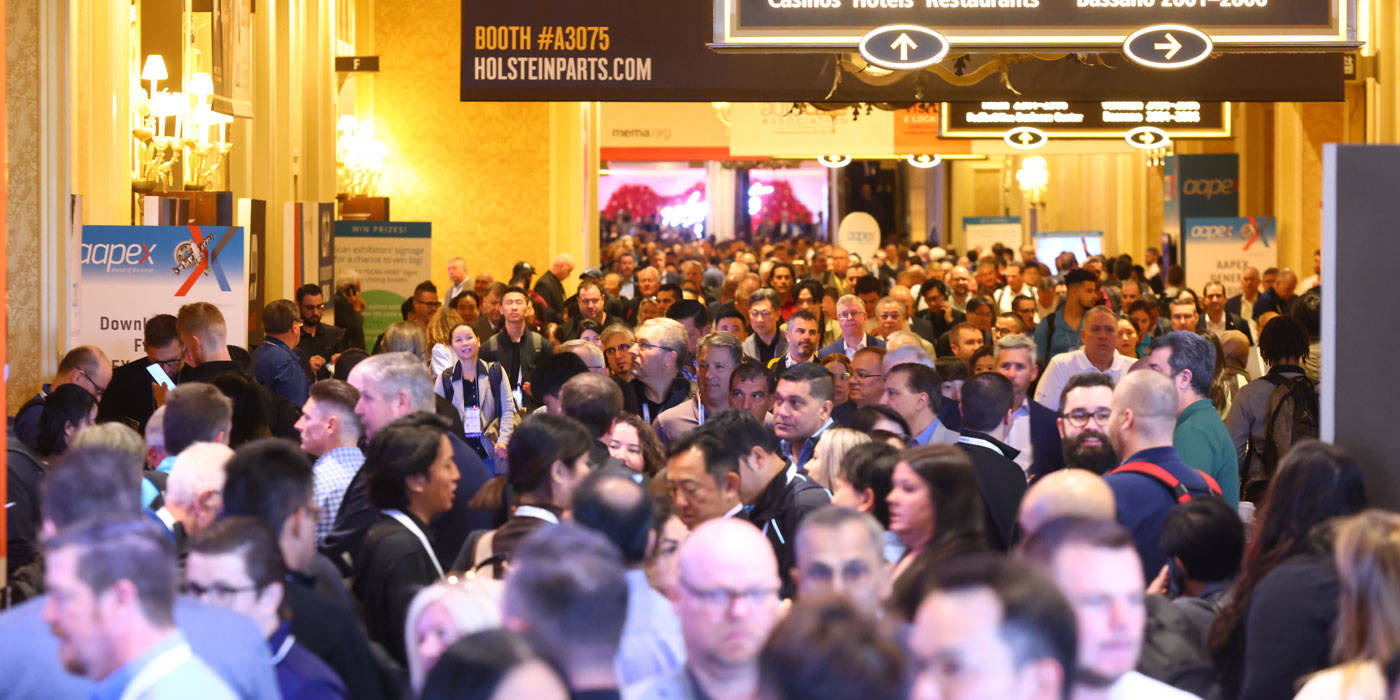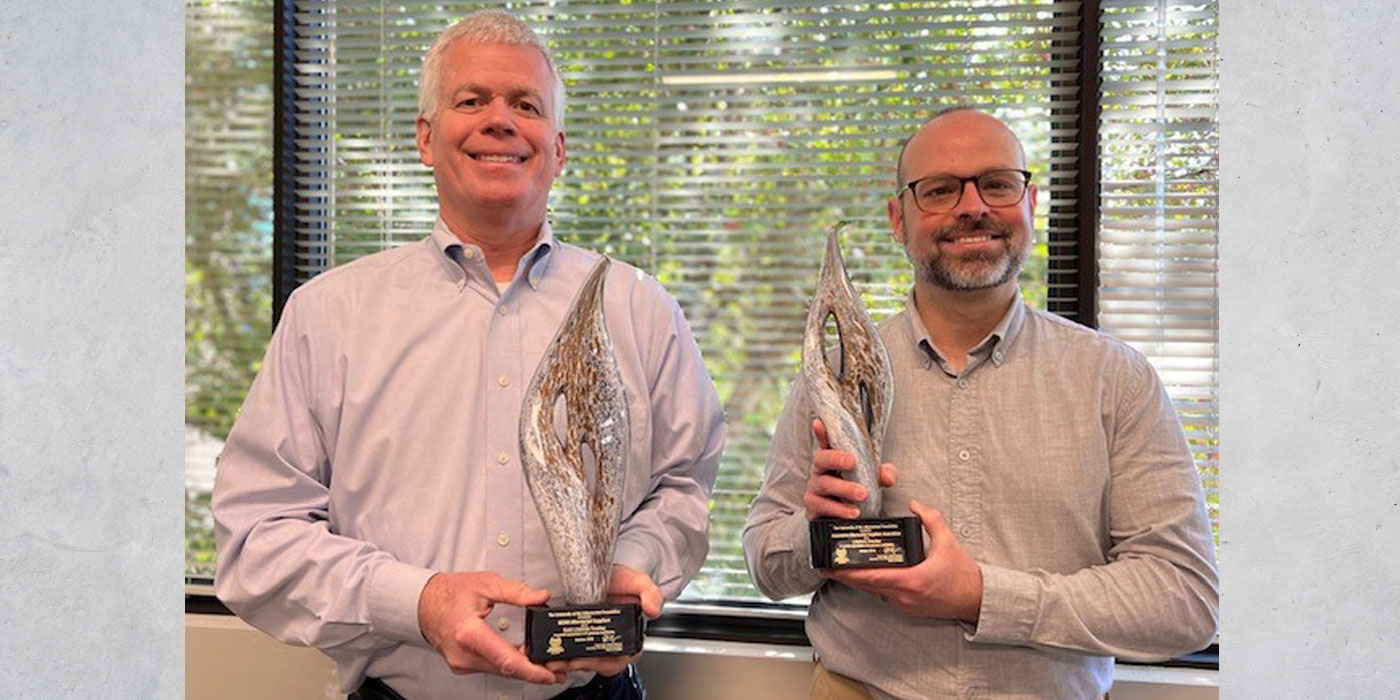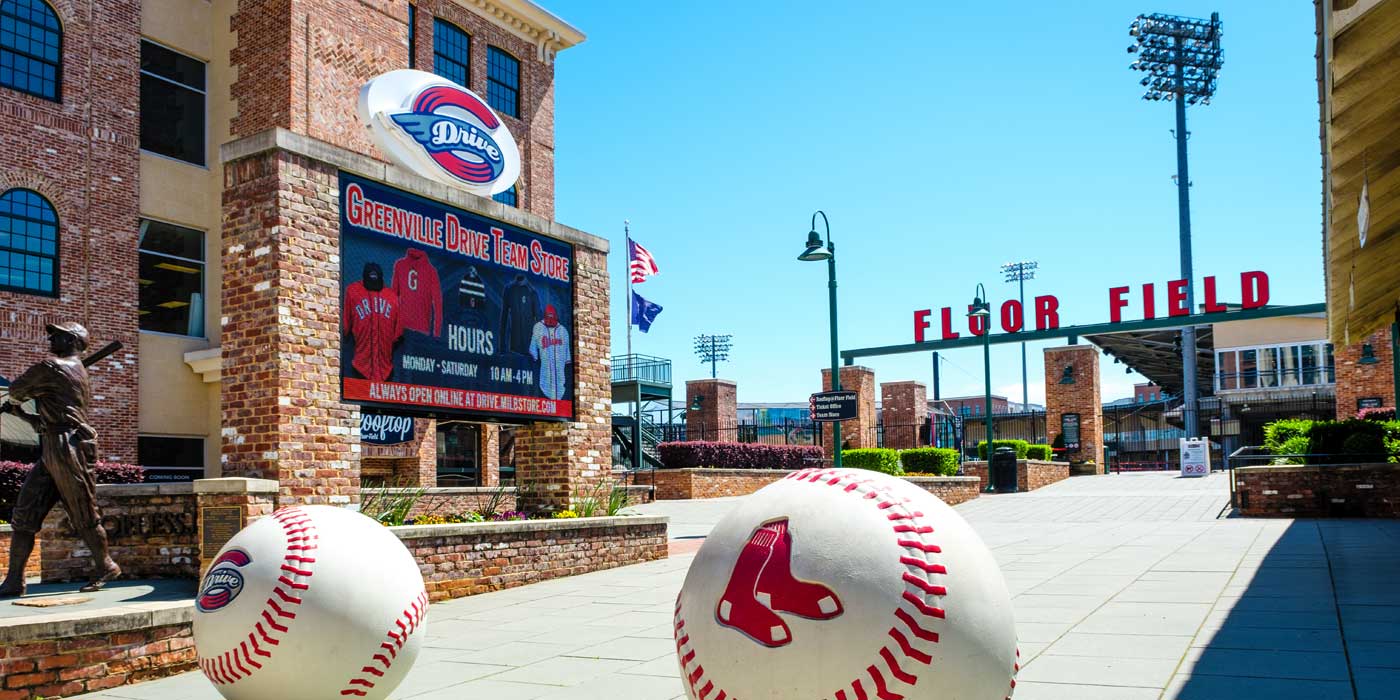Steady. Adaptable. Resilient. Recession-proof.
These are a few of the superlatives that association leaders and members of the trade press (guilty as charged!) often use to describe the automotive aftermarket.
Sure, we may be biased. But we’re not the only ones drinking the proverbial Kool-Aid. Many of the same qualities that make the aftermarket a great place to do business also make it a tantalizing investment space for private equity.
In recent years, PE firms have been consummating deals at a steady clip. A few notable examples include Kohlberg & Co.’s majority-stake investment in Parts Authority in 2020; Hidden Harbor Capital Partners’ acquisition of Dayco in 2022; MidOcean Partners’ acquisition of Cloyes in 2022; and more recently, Kinderhook Industries’ acquisition of Auto-Wares in March.
When MidOcean acquired Cloyes (from Hidden Harbor) in February 2022, it was MidOcean’s third investment in the automotive aftermarket in a span of 15 months. At the time, MidOcean Managing Director Daniel Penn said the firm “continue[s] to see significant tailwinds” in the aftermarket.
One could argue that those tailwinds are stronger than ever today.
One of the most frequently cited tailwinds is the growing and aging light-vehicle parc. In 2022, the average age of light vehicles in the United States hit an all-time high of 12.2 years, even as the vehicle parc climbed to 283 million passenger cars and light trucks, according to S&P Global Mobility. Meanwhile, the number of eight- to 11-year-old vehicles – the so-called “sweet spot” for the aftermarket – is expected to increase incrementally through 2026, according to the 2023 Mergers & Acquisitions Outlook Report from Stifel and MEMA Aftermarket Suppliers.
One lingering impact of the pandemic – the semiconductor shortage – has provided another boost to the aftermarket. Surging demand for consumer electronics at the height of the pandemic triggered (or some might say exacerbated) a global chip shortage. The supply crunch has taken its toll on new-vehicle production, making it harder for dealers to get their hands on new inventory. The scarcity of new vehicles has goosed prices for new and used cars, trucks and SUVs. As a result, many motorists have had little choice but to hold on to their existing vehicles as long as they can.
It all supports the narrative that the automotive aftermarket is a safe haven for investment – in good times and bad.
“A lot of private-equity investors like it when there’s a stable, steady market,” explains Rick Schwartz, co-founder and managing partner of Schwartz Advisors. “Many people who haven’t dealt with private-equity firms misunderstand how PEs work. Most PEs that we deal with are interested in building businesses and creating jobs. When there’s a slow, steady, stable market, the question is, ‘Hey, if we buy a company – or even if we buy a collection of companies and roll them into one – can we somehow outpace the historical growth?’ Because if they can, that can make for a very attractive investment.”
Lightbulb Moment
Joe Sparacino, managing director, head of automotive aftermarket for Stifel, points to the Great Recession as a watershed moment when “lightbulbs went off in investors’ heads” that the automotive aftermarket was a great place to deploy their cash.
The Great Recession lasted from December 2007 to June 2009, according to the Federal Reserve, making it the longest – and deepest – recession since World War II. During the Great Recession, the unemployment rate more than doubled, and U.S. gross domestic product plummeted 4.3% from peak to trough.
Still, even with the economy in a tailspin, publicly traded parts retailers seemed to be doing just fine. O’Reilly Automotive, for example, reported a 42% year-over-year increase in full-year 2008 sales (and even scooped up specialty retailer CSK in a tough credit market). Full-year diluted earnings per share for AutoZone jumped nearly 18%, and the company announced several share buybacks in 2008.
Those examples of growth even in the most challenging economic conditions are among the reasons that the automotive aftermarket – hitherto lumped in with the rest of the auto industry – emerged as an attractive investment target for private equity.
“Consumers deferred purchasing new vehicles and therefore put more money into the vehicles they already had,” Sparacino says of the recession. “[Parts retailers] weren’t immune fully from the effects of the recession, but they did show stability through that period. And as the credit markets eased on the backside of the recession, private equity really took notice of the space, and you saw investments picking up a lot at that time.”
Checking All the Boxes
While the performance of the publicly traded parts retailers may have served as a proxy for the overall health of the aftermarket, investors discovered there was a lot to like when they peeled back the curtain.
One of the fundamental factors that PE investors consider is the total addressable market, or TAM. With a TAM pushing 300 million light-duty vehicles – and an aging one at that – the $1.8 trillion global aftermarket checks off an important box, says Schwartz. “There may be some industries where a private-equity investor may get excited about a specific business, but it’s not a really big market. How much can you grow it? The big VIO and the aging VIO make [the aftermarket] an attractive space.”
The aftermarket’s unique business landscape – its preponderance of small independents and mom-and-pop shops – only added to the allure. Mix in a long, favorable stretch of low interest rates, and it’s been a tantalizing cocktail for PE investors.
“You have a lot of family-owned businesses or privately held businesses where there isn’t necessarily a next generation,” Schwartz says. “That presents a good opportunity for the business owners to exit. There’s also an opportunity [for investors] to consolidate and get some scale and reduce some of the operating expenses.”
Sparacino adds: “It’s a very fragmented industry and there are clear benefits to scale. This dynamic has drawn private-equity investments in companies that can serve as platforms for consolidation.”
Collision Course
If any segment epitomizes the aftermarket’s favorable dynamics for PE investment, it’s collision repair.
Collision repair has been a bull market for consolidation, with a handful of players – Caliber Collision, Boyd Group and Service King – leading the initial charge. “During the beginning years, the initial consolidators were working on designing and creating the modeling that we’ve watched evolve into what it is today: a large platform of corporate-owned collision centers offering nationwide service,” Laura Gay explains in an article for BodyShop Business.
She adds: “Independent shops – both single and small multi-shop owners (MSOs) – sell right and left for many reasons, including COVID, financials, stress, staffing challenges, remaining profitable in the face of inflation and natural attrition.”
The M&A frenzy in collision repair has taken some dramatic twists and turns in recent years.
Service King, for example, was on the brink of bankruptcy before Clearlake Capital Group acquired the company in 2022 and simultaneously merged it with Crash Champions, creating an auto body conglomerate that boasts more than 550 locations in 35 states and the District of Columbia. In 2019, Hellman & Friedman acquired Caliber Collision and merged it with ABRA (which the PE firm had owned since 2014), creating the largest auto body MSO in the industry.
The consolidation is expected to continue, and some newer PE-backed players are emerging. For example, since New Mountain Capital acquired Classic Collision in 2020, the Atlanta-based MSO has expanded from 34 locations to more than 200 today. Meanwhile, TSG Consumer Partners acquired Joe Hudson’s Collision Centers in 2019, and the auto body chain has grown from 110 to 157 locations since the deal, according to the 2023 Mergers & Acquisitions Outlook Report.
“M&A activity from these [newer] platforms is expected to continue, and mergers among two or more of these entities is possible,” the report concludes.
Private equity has taken quite a shine to the carwash segment as well. Some recent deals include Atlantic Street Capital’s acquisition of Express Zips Car Wash in 2020; Golden Gate Capital’s acquisition of Tidal Wave Auto Spa in 2021; and Percheron Capital’s acquisition of Caliber Car Wash in late 2021.
“High fragmentation, strong cash flows, acquisition-multiple arbitrage and advancements in automation are among the many characteristics that make private-equity investment in the carwash sector increasingly attractive,” the Stifel/MEMA report explains. “Since the beginning of 2020, over a dozen private-equity-backed platforms have emerged, with every platform nearly doubling or tripling total site count since initial investment.”
Looking Ahead
With so many tailwinds and so many favorable dynamics, the automotive aftermarket likely will continue to be a compelling investment target for private equity. Sparacino and Schwartz expect segments such as collision repair, carwash and general repair/service – especially tire – to stay hot. Schwartz also believes that the heavy-duty market is starting to percolate.
The steady stream of PE investment certainly is a testament to the health and vitality of the automotive aftermarket. But it’s fair to ask: Is private equity a good thing for the aftermarket?
Sparacino and Schwartz believe it is. “The private-equity investors leading consolidations are growth-oriented,” Sparacino says. “They’re looking to back high-quality businesses in partnership with proven management teams to build even better companies.” When PE firms partner with strong businesses and leverage their financial resources and strategic expertise,













